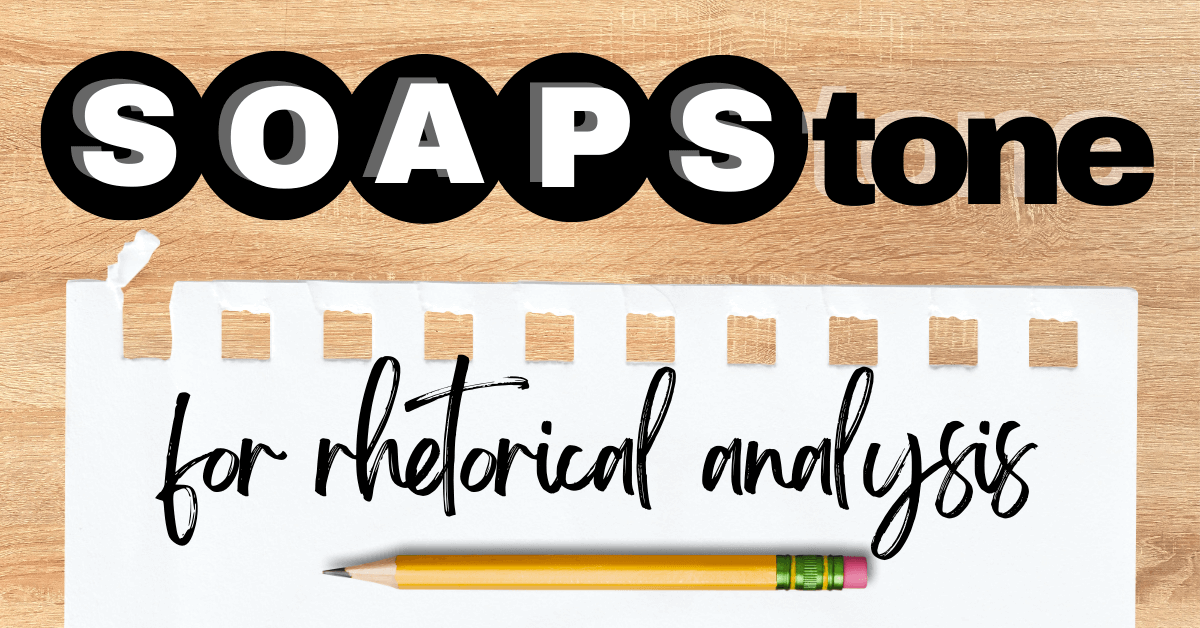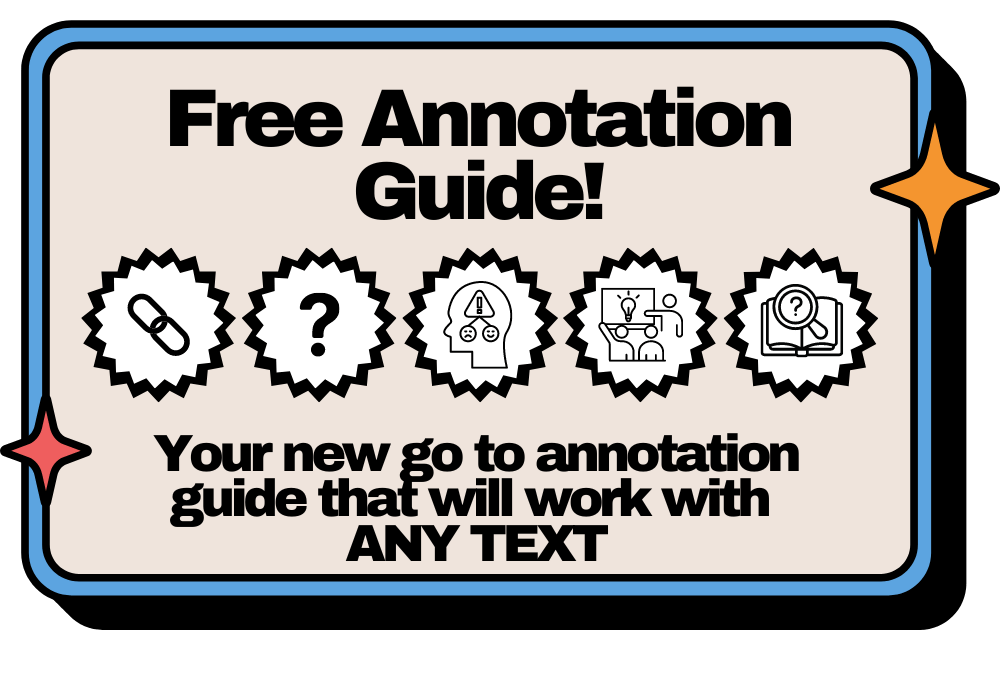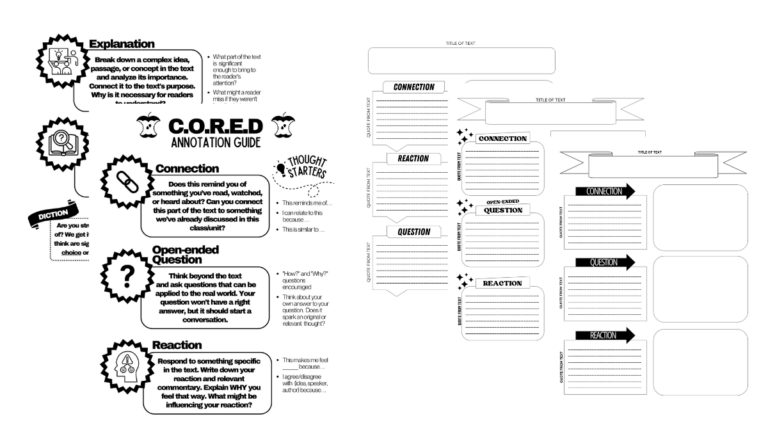When it comes to effective communication and persuasive writing, understanding the art of rhetoric is essential. One powerful tool in a student’s arsenal is the SOAPStone rhetorical analysis strategy. This method allows readers to dissect and analyze various elements of a text to gain insight into its purpose, audience, and the techniques employed by the author.
When I was first introduced to the SOAPStone strategy, it felt as though I had discovered a cipher, a true “peek behind the curtain” at the secret framework of compelling writing, and has since become an innate way of approaching all types of text.
Breaking Down the SOAPStone Strategy
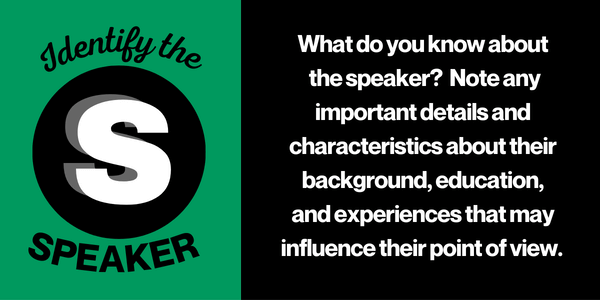
The speaker is so much more than just a name. The ideas in every text are filtered through human experiences unique to the speaker. Understanding the “person” behind the speaker is essential to resonate with the speaker’s message. Ask yourself: Why is their voice important?

The occasion is usually what will first trip students up when examining a text, as they will often unknowingly omit influential circumstances surrounding a text. The most fluid and complete explanation I’ve discovered comes straight from the College Board: “All writers are influenced by the larger occasion: an environment of ideas, attitudes, and emotions that revolve around a broader issue. There is also an immediate occasion: an event or situation that catches the writer’s attention and triggers a response.” Understanding the motivation behind a text helps readers recognize and appreciate the speaker’s purpose.

The speaker wrote this text with a specific audience in mind. Who is the ideal audience of this text? Is there a larger audience than who the text was initially intended for?

Identifying the speaker’s overarching goal provides a lens through which we can analyze the rhetorical choices made. How does the speaker craft their argument to resonate with their audience? What does the speaker want the audience to do with the text? Does the text achieve its desired impact?
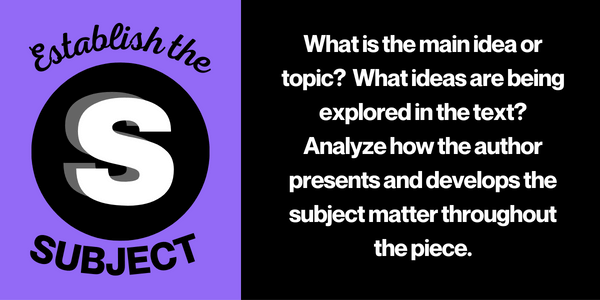
What is the text about, specifically? How do you know? The subject is not always directly stated in the text, so students may have to “read between the lines” so to speak. Examine the text for an underlying theme or idea that the speaker’s voice is circulating around. Summarize the subject in a few words or phrases.
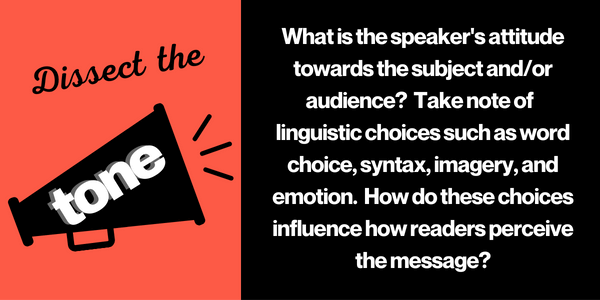
The tone of a text sets the emotional atmosphere and conveys the author’s attitude towards the subject and audience. By identifying the tone, readers can assess the author’s stance, whether it be objective, passionate, sarcastic, or persuasive. The tone of the text influences how readers perceive the message, and a speaker will often employ strategic linguistic and emotional choices to make sure their message resonates with their intended audience.
Applying the SOAPStone Strategy
To demonstrate the application of SOAPStone analysis, let’s take a look at Coach Herman Boone’s speech to his players in the award-winning film Remember the Titans. The monologue, delivered by Denzel Washington, comes earlier in the movie amid rampant racism and hatred between the players of the newly segregated high school football team. Using the SOAPStone strategy, we can analyze and understand the rhetorical strategies employed by the speaker.







